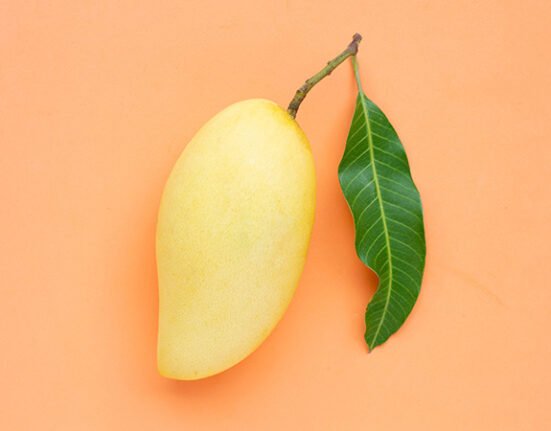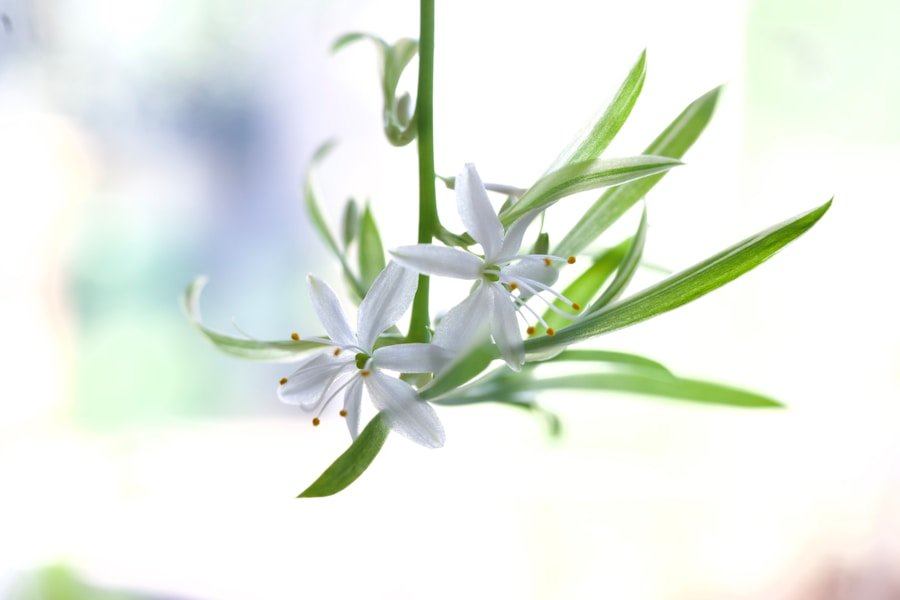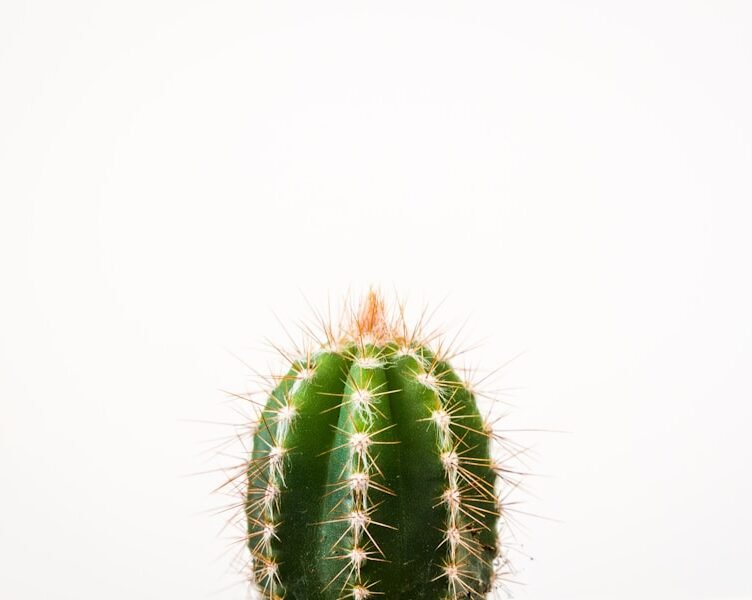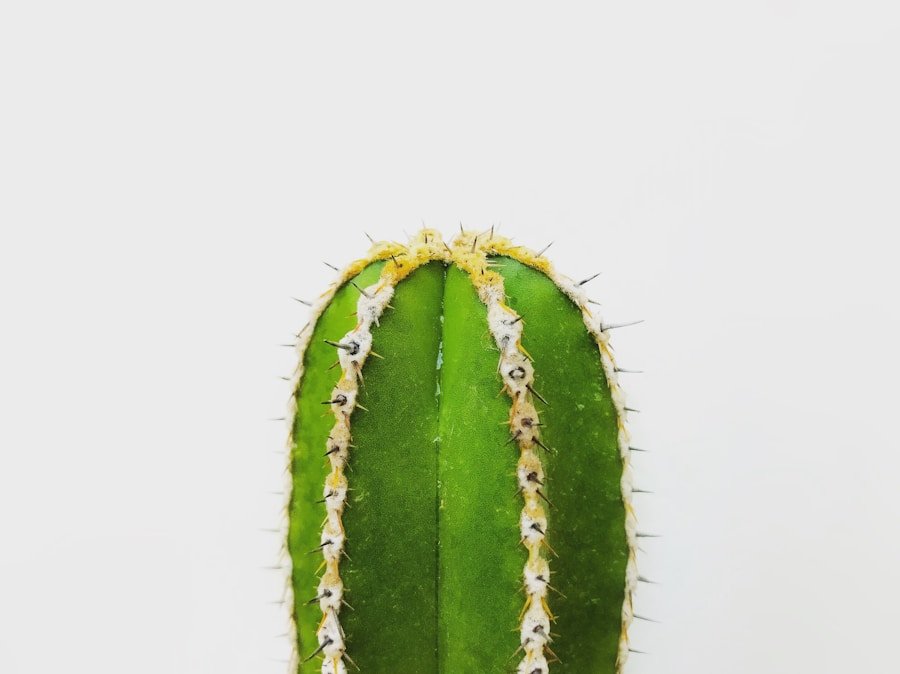Having indoor plants in the home can have a profound impact on children’s well-being and development. Beyond adding a natural touch to the indoor environment, they have been scientifically proven to purify the air by removing toxins and increasing oxygen levels. Moreover, caring for indoor plants can instill a sense of responsibility in children and provide them with a sense of pride as they observe their plants flourish.
Research has also demonstrated that indoor plants can help alleviate stress and anxiety in children, which is particularly beneficial for those dealing with academic pressures or other challenges. Overall, indoor plants can create a nurturing and healthy environment that supports children’s growth and learning. Indoor plants also offer a wealth of educational opportunities for children.
Through plant care, children can gain hands-on experience with the life cycle of plants, the importance of water and sunlight, and the diverse needs of various plant species. This experiential learning can foster a deeper appreciation for nature and the environment, as well as a better understanding of the scientific principles underlying plant growth. Furthermore, indoor plants can encourage children to ask questions and seek out information, thereby promoting a love of learning and curiosity about the world around them.
Ultimately, indoor plants can provide a valuable educational experience for children while also enhancing the aesthetic appeal and ambiance of the home.
Key Takeaways
- Indoor plants provide numerous benefits for kids, including improved air quality, reduced stress, and opportunities for learning and creativity.
- Easy-to-care-for indoor plants like succulents, spider plants, and pothos are perfect for children to learn about plant care and responsibility.
- Indoor plants offer educational opportunities for kids to learn about biology, ecosystems, and the environment.
- Fun craft ideas using indoor plants include making terrariums, pressed flower art, and leaf rubbings.
- When introducing indoor plants to kids, it’s important to teach them about plant safety and how to properly care for and handle plants.
Easy-to-Care-for Indoor Plants for Children
Low-Maintenance Options
Some great options include spider plants, pothos, and snake plants, which are all known for their resilience and ability to thrive in a variety of conditions. These plants are also safe for children and pets, making them ideal choices for households with young kids.
Air-Purifying Plants
Another easy-to-care-for option is the peace lily, which is known for its air-purifying qualities and beautiful white flowers. This plant thrives in low light and only needs to be watered once a week, making it a low-maintenance choice for busy families.
Edible and Fun Options
For children who are interested in growing their own food, herbs such as basil, mint, and parsley are great options for indoor gardening. These herbs are easy to grow and can be used in cooking, providing children with a fun and practical way to learn about gardening and healthy eating. Additionally, succulents are another great choice for kids, as they require very little water and can be grown in small containers or terrariums. These low-maintenance plants come in a variety of shapes and colors, making them a fun and interesting addition to any indoor space.
Educational Opportunities with Indoor Plants
Indoor plants provide numerous educational opportunities for children. By caring for plants, children can learn about the life cycle of plants, the importance of water and sunlight, and the different types of plants and their unique needs. This hands-on experience can help children develop a greater appreciation for nature and the environment, as well as a better understanding of the science behind plant growth.
Additionally, having indoor plants can encourage children to ask questions and seek out information, which can help foster a love of learning and curiosity about the world around them. In addition to learning about plant care, indoor plants can also provide opportunities for children to explore other subjects such as art and language arts. Children can use leaves and flowers from indoor plants to create nature-inspired art projects, such as leaf rubbings or pressed flower collages.
They can also use indoor plants as inspiration for creative writing or poetry, using the colors, shapes, and scents of the plants to spark their imagination. Overall, indoor plants can provide a rich educational experience for children, helping them develop a deeper understanding of the natural world while also fostering their creativity and curiosity.
Fun Craft Ideas Using Indoor Plants
| Plant Name | Benefits | Care Level |
|---|---|---|
| Aloe Vera | Healing properties, easy to propagate | Low |
| Spider Plant | Air purifying, safe for pets | Low |
| Succulents | Drought tolerant, colorful varieties | Low |
| Pothos | Easy to grow, purifies air | Low |
| Snake Plant | Air purifying, low maintenance | Low |
Indoor plants can inspire a variety of fun and creative craft projects for kids. One simple idea is to create painted plant pots using acrylic paints or markers. Children can personalize their pots with colorful designs or patterns, adding a personal touch to their indoor garden.
Another fun craft idea is to create a terrarium using small succulents or air plants. Children can arrange the plants in a glass container with rocks, sand, or moss to create a miniature garden that they can display in their room. For older children, creating botanical prints using leaves and flowers from indoor plants can be a fun and educational craft project.
Children can use non-toxic paint to create prints on paper or fabric, experimenting with different colors and patterns to create unique works of art. Another creative idea is to make homemade plant markers using popsicle sticks or small wooden stakes. Children can decorate the markers with paint or markers and use them to label their indoor plants, adding a personal touch to their garden.
Safety Tips for Kids and Indoor Plants
While indoor plants can provide numerous benefits for children, it’s important to be mindful of potential safety hazards. Some indoor plants can be toxic if ingested, so it’s important to choose non-toxic varieties when selecting plants for households with young children or pets. It’s also important to teach children not to eat any part of an indoor plant unless an adult has confirmed that it is safe to do so.
Additionally, some indoor plants have sharp or spiky leaves that could cause injury if handled improperly, so it’s important to choose child-friendly varieties that are safe for little hands. Another important safety consideration is the use of fertilizers and pesticides on indoor plants. Children should be taught not to handle these products without adult supervision, as they can be harmful if ingested or if they come into contact with the skin or eyes.
It’s also important to keep indoor plants out of reach of young children or pets if they are using any potentially harmful products on their foliage. By following these safety tips, parents can ensure that indoor plants remain a safe and enjoyable addition to the home for children.
Best Indoor Plants for Teaching Responsibility
Instilling a Sense of Ownership and Pride
By giving children their own plant to care for, parents can help instill a sense of ownership and pride in their child as they watch their plant grow and thrive under their care. This sense of accomplishment can have a profound impact on a child’s self-esteem and confidence.
Easy-to-Care-for Plants for Kids
Some great options for teaching responsibility include easy-to-care-for plants such as spider plants, pothos, or snake plants, which are resilient and forgiving if they are occasionally neglected. These plants are perfect for kids, as they can thrive with minimal care and attention.
Teaching Responsibility through Plant Care
Children can be responsible for watering their plant on a regular schedule, checking for signs of growth or new leaves, and ensuring that their plant has enough sunlight. This hands-on approach can help children develop a sense of responsibility and accountability for their actions.
Fostering Teamwork and Cooperation
Another way to teach responsibility with indoor plants is to involve children in the planning and maintenance of an indoor garden. Children can help select which plants to include in the garden, plan where they will be placed in the home, and take turns caring for each plant. This collaborative approach can help children develop a sense of teamwork and cooperation while also learning valuable skills such as problem-solving and communication.
Creating a Kid-Friendly Indoor Garden
Creating a kid-friendly indoor garden can be a fun and rewarding project for families. One way to get started is by designating a specific area in the home for the indoor garden, such as a sunny windowsill or a corner of the living room. Children can help select which plants to include in the garden, taking into consideration factors such as light levels and space requirements.
They can also help decorate the area with colorful plant pots or homemade plant markers to add a personal touch to their garden. Another fun idea is to create themed gardens based on children’s interests or hobbies. For example, a fairy garden could include small succulents or mosses arranged in a whimsical container with miniature fairy figurines or accessories.
A sensory garden could include fragrant herbs such as lavender or rosemary, as well as tactile plants with interesting textures such as fuzzy lamb’s ear or prickly cacti. By involving children in the planning and creation of their indoor garden, parents can help them develop a sense of ownership and pride in their project while also fostering a love of nature and gardening. In conclusion, indoor plants can provide numerous benefits for children, from improving air quality to providing educational opportunities and fostering creativity.
By selecting easy-to-care-for varieties and following safety guidelines, parents can create a nurturing environment that encourages responsibility and curiosity in their children. With a little planning and creativity, families can create a kid-friendly indoor garden that provides endless opportunities for learning and fun craft projects using indoor plants.
FAQs
What are some benefits of having indoor plants for kids?
Indoor plants can help improve air quality, reduce stress, and provide a sense of responsibility for kids as they care for the plants.
What are some easy-to-care-for indoor plants for kids?
Some easy-to-care-for indoor plants for kids include spider plants, pothos, snake plants, and succulents.
How can kids use indoor plants in crafts?
Kids can use indoor plants in crafts by pressing flowers, making leaf rubbings, creating terrariums, and using plant materials for natural dyeing projects.
What are some educational benefits of having indoor plants for kids?
Indoor plants can provide kids with opportunities to learn about plant biology, photosynthesis, and the importance of caring for the environment.
Are there any indoor plants that are toxic to kids or pets?
Yes, some indoor plants such as pothos, philodendron, and peace lilies can be toxic to kids and pets if ingested. It’s important to research the toxicity of plants before bringing them into a home with children or pets.







